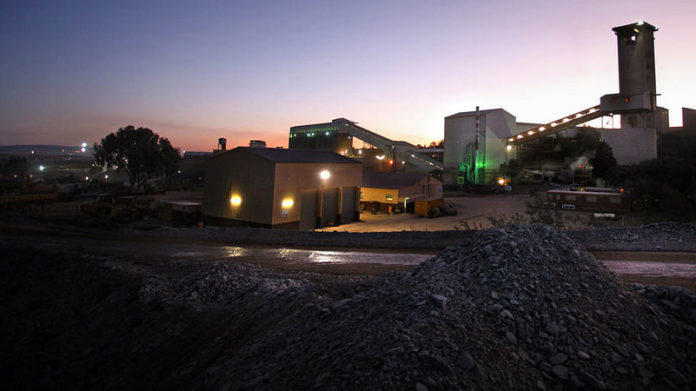
SIBANYE-Stillwater said it had reduced the number of planned retrenchments at two of its gold mines in South Africa to 168 after saying last year up to 1,959 staff could be affected.
On November 1, the gold and platinum group metals (PGM) producer said it had started restructuring at the loss-making Beatrix 4 shaft in the Free State and the Kloof 2 plant in Gauteng. A total of 2,314 employees were affected.
In an update today the group said that following an agreement with unions 1,136 employees had accepted transfers to positions at other group operations in South Africa. A further 552 employees were granted volunary separation or accepted early retirement, and natural attrition accounted for 103 “less affected” employees.
The retrenched employees could not be accommodated or chose not to participate in agreed avoidance measures including 39 learners. The learners would be allowed to complete their training while 59 employees declined another position at the company.
“While the decision to close or restructure operations is never taken lightly, the closure of the end of life and lossmaking operations are necessary to ensure sustainability for the remainder of the business,” said Neal Froneman, CEO of Sibanye-Stillwater in a statement.
Several attempts have been made to prolong the life of Beatrix shafts over the years, dating back to 2013.
The life of Beatrix 4 shaft was previously prolonged following Section 189 discussions in 2017 through a productivity and cost containment agreement that enabled it to stay open provided it made a profit, on average, over any continunous period of three months after accounting for all-in sustaining costs.
At Kloof 1 plant, the surface rock dump (SRD) had been nearly depleted and the Kloof Main SRD would be completely mined out by December.
The proposed closures underline the ageing nature of Sibanye-Stillwater’s gold division. In 2021, Froneman suggested a three-way tie-up with AngloGold Ashanti and Gold Fields – but approaches to both companies were rejected.
Speaking in July last year, Froneman said the company was not concerned about the gold division. “We are not fazed about a decline in production profile because it’s not the only asset we have, and it’s one of the reasons we moved into PGMs,” he said.











